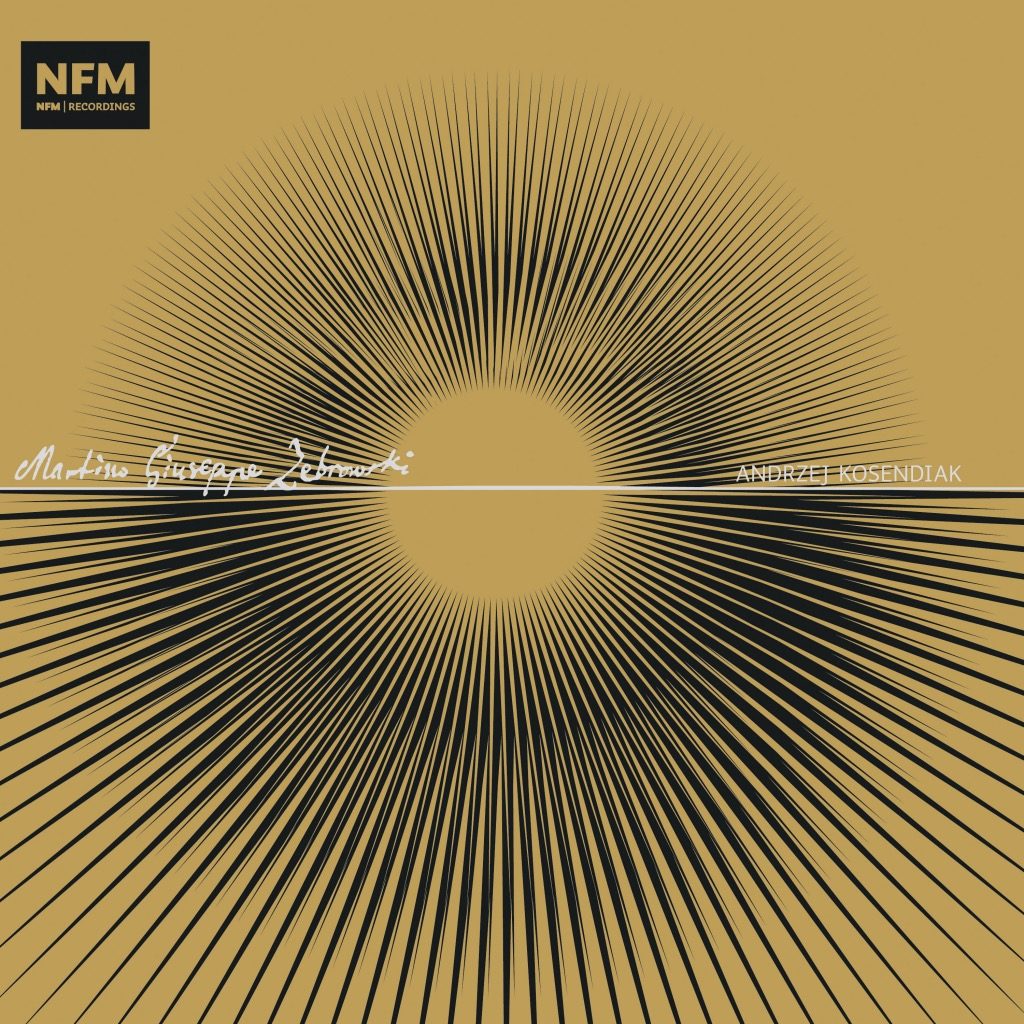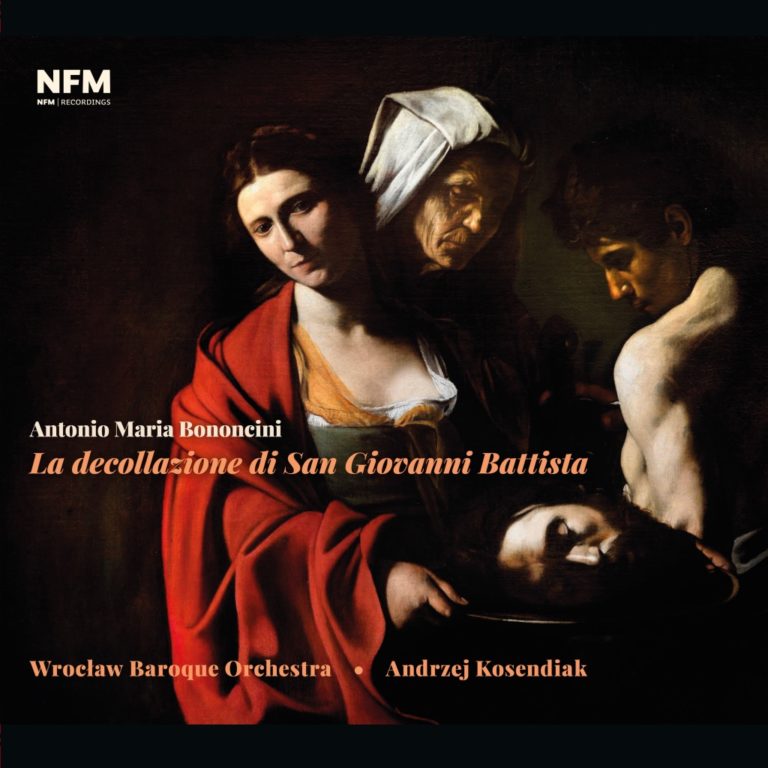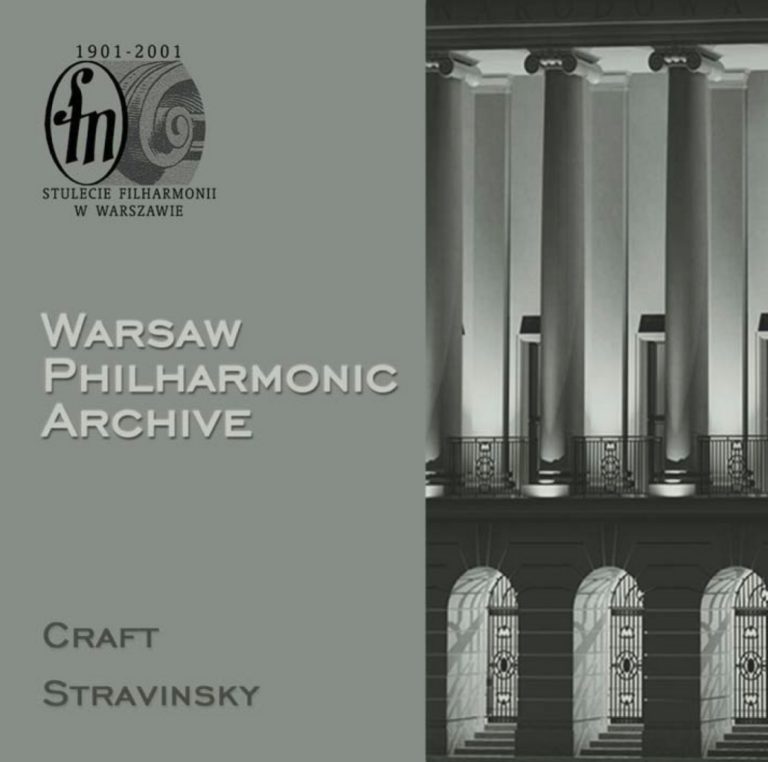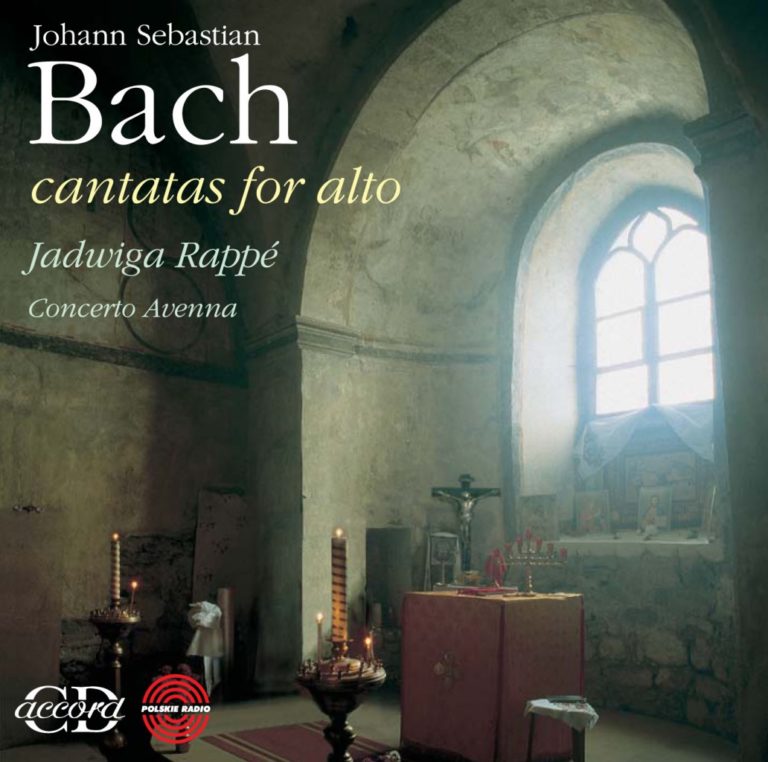Magnificat, Rorate coeli and Missa Pastoritia, in the unanimous view of experts on Żebrowski’s creative contribution, are among his best works. These are cantata-type compositions, in which the liturgical text (including some parts of the Mass) has been divided into smaller sections, occasionally set by the composer almost as individual works, contrasted in terms of expression, performance forces, and even style.(…)
In the 18th century, vespers performed on Sundays and other feast-days of the Church year had greater significance than the High Mass. Consequently, the musical setting of this service of psalms and the Magnificat had to be suitably resplendent, an example of which is Żebrowski’s Magnificat in G major, comprising eleven contrasted sections. (…) The Magnificat’s exceptional charm can be found in its solo sections, deeply contrasted in terms of expression and style. The first half of the composition is dominated by arias full of charming melodies typical of Italian opera’s galant style (…) The second half of the Magnificat is governed by a style that is clearly older, Baroque, more typical of the first three decades of the 18th century rather than its middle years.(…)
Rorate coeli is the opening Introit of a votive Mass celebrated in the morning during Advent and dedicated to the Holy Virgin Mary. Żebrowski’s setting has survived in a hand-written copy dated 1752, which gives an approximate time of when the work was composed. It consists of three sections: a choral intonation of the introit’s initial word, a free multi-part setting of a verse from the psalm Benedixisti Domine with a striking and energetic orchestral accompaniment, and a double fugue, stylistically more akin with classical rather than Baroque fugues, presented on the words Rorate coeli.
Remigiusz Pośpiech dates the composition of the Christmastide Missa Pastoritia towards the end of Żebrowski’s main stay at Jasna Góra. (…)Its pastoral atmosphere is already detectable in the opening Kyrie, the first section of which begins with a short melodic motif, with a clearly folkloric mazurka-like flavour, played by the violin. However, the second section of this movement is as lively as a krakowiak and furnished with drone-like fragments, as if played by a folk band. This music, in keeping with the conventions of the era, also appears in the finale of the Mass in the bipartite Agnus Dei – Dona nobis pacem. A similar drone textures the composer introduces in Gloria’s polyphonic ending (‘Cum Sancto Spiritu in gloria Dei Patris. Amen’); the same music is later twice used for the setting of Osanna in excelsis in the Sanctus section. Like in the Magnificat, in this Mass attention is drawn to its virtuosic solo passages: in the Gloria – the soprano aria Domine Deus and the tenor and bass duet Quoniam tu solus Sanctus with a pair of concertante trumpets, while in the Sanctus the magnificent alto aria Benedictus with concertante violin, which Żebrowski probably fashioned to suit the measure of his considerable performing abilities on this instrument. The composer’s ease of writing in two styles is also amazing – in the choral Qui tollis peccata mundi of the Gloria section, the chromatically treated melody full of Baroque pathos, which accompanies – in keeping with tradition – the pleading prayer of the faithful ‘miserere nobis’ (‘have mercy on us’), is particularly moving, while in terms of form the compact tripartite Credo is distinguished by an early-Classical lightness of expression.
Anna Ryszka-Komarnicka
Translation – Anna Kaspszyk
MARCIN JÓZEF ŻEBROWSKI
1. Rorate coeli 3:43
Magnificat
2. Chorus: Magnificat anima mea 1:46
3. Aria: Quia respexit (A) 2:52
4. Aria: Quia fecit mihi magna (S) 2:13
5. Chorus: Et misericordia 1:39
6. Aria: Fecit potentiam (B) 3:24
7. Duo: Deposuit potentes (S&A) 4:29
8. Chorus: Esurientes implevit bonis 2:44
9. Aria: Suscepit Israel (S) 4:01
10. Aria: Sicut locutus est (T) 3:38
11. Chorus: Gloria Patri 2:54
Missa Pastoritia
Kyrie
12. Chorus: Kyrie eleison 0:58
13. Chorus: Christe eleison 1:44
Gloria
14. Chorus: Gloria 1:02
15. Aria: Domine Deus (S) 2:45
16. Chorus: Qui tollis peccata mundi 1:33
17. Duo: Quoniam tu solus Sanctus (T&B) 1:49
18. Chorus: Cum Sancto Spiritu 1:39
Credo
19. Chorus: Credo in unum Deum 1:03
20. Chorus: Et incarnatus est 1:42
21. Chorus: Et resurrexit 1:30
Sanctus
22. Chorus: Sanctus 1:00
23. Aria: Benedictus (A) 3:52
24. Chorus: Osanna 1:35
Agnus Dei
25. Chorus: Agnus Dei 0:59
26. Chorus: Dona nobis pacem 1:42
Total time: 59:39




